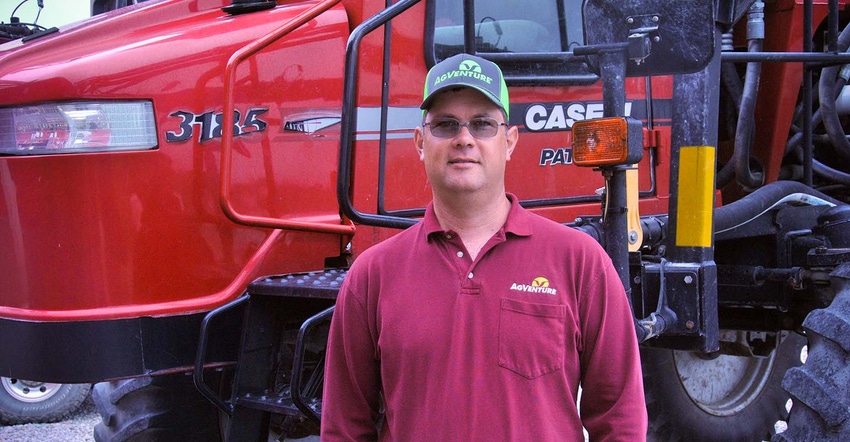
Missouri farmer Nick Deimeke feels like he got a bit lucky with his 2022 fertilizer strategy. That’s because he pre-paid for some of his nitrogen needs last summer and made a fall application. Prices have doubled since then.
Unfortunately, Deimeke has to grapple with what do to next – a challenge every farmer faces this year.
“I think this is going to be the new normal for the next several years, where we’re looking at inflated prices,” he says. “Any time grain prices go up, everything else goes up.”
This is true under typical circumstances, but the Russian invasion of Ukraine has accelerated the situation even more. If there’s ever a year to consider cost-saving strategies for fertilizer, this is it.
Fortunately, there are a few action items farmers can look into, according to Andrew Sikora, technical agronomist with Channel Seed.
Prepare your fields
“Before you do anything, make sure your soil pH and tile needs are addressed to maximize fertilizer efficacy,” Sikora says.
Grid sampling, followed by a targeted variable-rate program, will help protect your fertilizer investment and avoid a more “blanketed” approach over every acre, which is rarely a way to capture the best return on your dollars.
“Don’t throw money where you won’t see a return,” Sikora says. “I feel like at the end of the day, it’s about managing costs per bushel.”
Consider tissue sampling
According to Jason Hobson, CEO of Advancing Eco Agriculture, timely data should drive all fertility decisions. Gather data from tissue samples prior to sidedress applications to obtain “clear, accurate data” instead of making educated guesses, he says.
“That way, you’ll be putting on what you need, not what you assume you need,” he says.
Be a diligent scout
“Be proactive and scout for nutrient deficiencies,” Sikora says. He agrees that tissue testing is a good way to monitor plant health, and also notes that weather forecasts offer additional clues as to where future fertilizer needs may trend.
Don’t cut rates dramatically without doing anything else
“N covers up a lot of other needs and masks other problems,” Hobson notes. “If you reduce N rates, you might need to add something like calcium or magnesium. The point is, you may be able to be more efficient with your spend and get better results.”
Keep communication lines open
“In uncertain times, it’s very important to utilize your relationships with suppliers to navigate that uncertainty,” Sikora says. “Keep in regular contact and keep a feel for what the market is doing.”
Don’t act transactionally with suppliers, he adds. “Rely on them and be open to different options they may suggest.”
Be patient and plan ahead
In general, commodity prices tend to be more volatile while fertilizer and other input prices tend to be more “sticky.” That prospect needs to be assessed and addressed in 2022 and beyond.
“I could see commodity prices going down much faster than inputs,” Deimeke says. He already plans his crop rotations two to three years in advance, and the assumption that high fertilizer prices will extend at least into 2023 is an important factor in those equations.
About the Author(s)
You May Also Like






